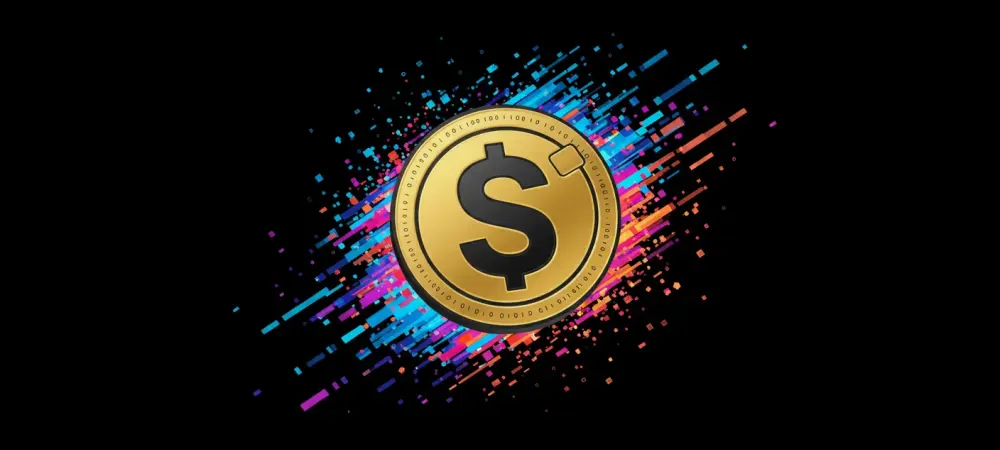Across the globe, the digital landscape is buzzing with an innovative change. At the crux of this transformation is $BOOM, a new token launched by Boom that promises to revolutionize how personal data is owned and monetized. The introduction of this token signals not just a technological upgrade but perhaps the beginning of a significant shift where digital consumers gain unprecedented control over their information. As the debate over data ownership intensifies, $BOOM offers a novel solution that blends blockchain security with AI validation.
Navigating Change in the Data Economy
In recent years, the call for redefining data ownership has become unavoidable. With data being a valuable commodity, the launch of $BOOM signals a move towards decentralization, aiming to transition power back to users. A surprising statistic reveals that over 81% of internet users feel uneasy about their data being uncontrolled on online platforms. This palpable unease underscores the need for solutions that prioritize users and their rights, suggesting potential shifts in how personal data will be managed in the future.
The Market’s Demand for Ownership
Historically, data ownership evolved with technology, yet the benefits remain disproportionately in favor of tech companies. This disconnect raises significant questions about data transparency and privacy. Today, the value of personal data is undeniable; however, users receive negligible benefits despite their contributions. Concerns grow as tech giants capitalize on user data, highlighting the urgency for creating systems that merge user participation with equitable compensation. This context sets the stage for $BOOM to address the need for user empowerment.
Understanding $BOOM: Tokenomics and Beyond
$BOOM is not merely a token; it’s a carefully devised framework reflecting Boom’s strategic objectives. Allocation across Ecosystem Growth, Community Incentives, Strategic Investors, and more ensures a balanced approach towards ecosystem sustainability. For instance, the sizable 26% allocation to ecosystem growth indicates a commitment to infrastructure development. Simultaneously, community incentives account for a quarter of the distribution, illustrating a clear plan to engage and reward participant contributions. This detailed tokenomics model presents $BOOM as a catalyst for engaging community involvement in data management.
Expert Perspectives on $BOOM’s Potential
Industry voices provide insightful perspectives on the significance of $BOOM. Boom’s co-founder, T-RO, articulates the philosophy that data holds intrinsic value when tied to its human creators. This view mirrors the broader industry sentiment about AI’s critical role in verifying data contributions. Early adopters share experiences of how engaging with the Boom protocol has cultivated a strengthened community sense. These insights accentuate $BOOM’s potential in redefining personal data’s economic dynamics within the digital ecosystem.
Leveraging $BOOM for User Empowerment
In practice, $BOOM serves versatile roles within the Boom ecosystem. As a governance token, it empowers holders to engage in developing protocol decisions. Users interested in this shift can take critical steps to actively participate in governance and capitalize on rewards, strengthening their influence in this evolving digital economy. The token’s utility in transactions and as a rewards mechanism demonstrates its capacity to enhance user engagement, offering participants viable pathways to maximize their impact.
Conclusion
As the $BOOM token generation event unfolds, it marks a turning point in returning ownership and value to users. Boom crafted an innovative blueprint with $BOOM, poised to transform how individuals engage with and benefit from their data contributions. In strengthening decentralized practices, $BOOM lays the foundation for a data-sharing economy where user engagement and precise data validation through AI are paramount. As this initiative progresses, participants gain opportunities to shape an inclusive, transparent ecosystem, paving the way for enhanced data management and control.

